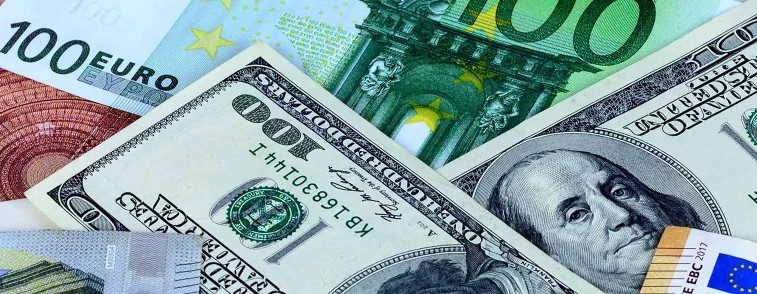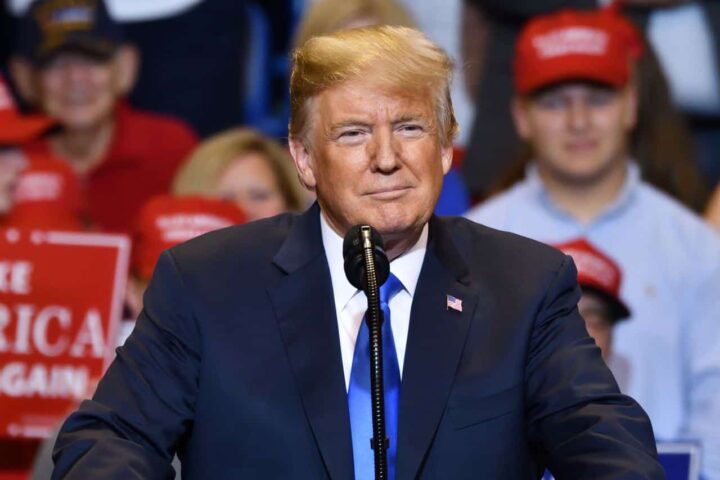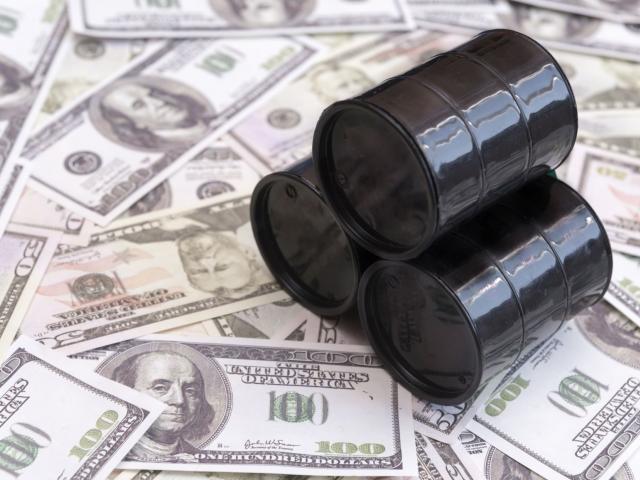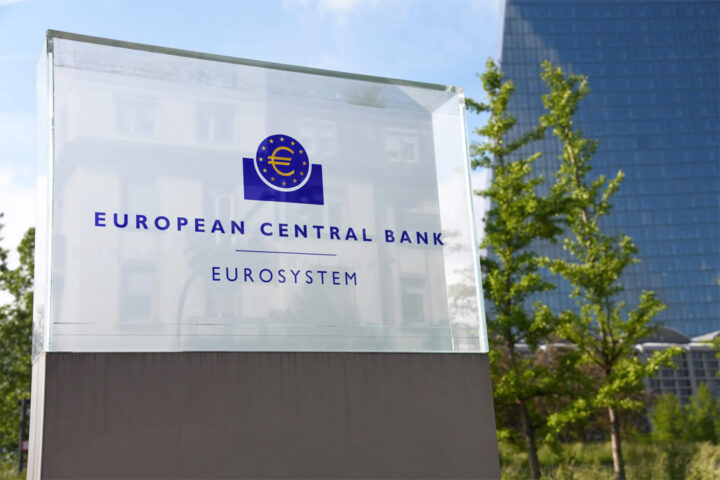EURUSD found cushion around 1.0780 and rose to near 1.0820 in European trading on Tuesday. The major currency pair remains well bid even though the Euro trades cautiously on expectations that the European Central Bank could reduce interest rates again in April.
The ECB has cut its key borrowing rates six times since June and expects to win the battle against inflation this year.
Last week, ECB President Christine Lagarde said, while testifying before the European Parliament, that the inflationary impact of the Trump-led trade war is temporary as the effect would “ease in the medium term” due to “lower economic activity dampening inflationary pressures”.
Lately, traders have pared ECB dovish bets on expectations that the tariff war between the US and the Eurozone could lead to an increase in inflationary pressures in the old continent for a longer period.
On the economic front, Germany’s Ifo Business Climate for March, an early indicator of current conditions and business expectations, came in higher at 86.7 from the prior reading of 85.3, but missed estimates of 86.8.
The Expectations component – which presents outlook for the next six months – increased to 87.7 from the prior release of 85.6. It also missed the expectations of 87.9. Ifo’s Current Assessment data came in at 85.7, beating estimates of 85.5 and the former reading of 85.0.
The DXY Dollar Index, which tracks the greenback’s value against six major currencies, fell to near 104.00 from a two-week high of 104.50.
US President Trump signaled to reporters at the White House on Monday that not all tariffs will be implemented on April 2. Trump said that some countries could get exempted from additional import duties.
Markets have taken Trump’s comments as positive for risky assets and the US dollar, expecting that the impact of a limited trade war would be lower than initially feared. Trump also reiterated that he will announce tariffs on automobiles, aluminium and pharmaceuticals soon.
On Monday, S&P Global reported that robust services sector activity offset the impact of an unexpected decline in the manufacturing sector and resulted in a sharp increase in the Composite PMI.
The Services PMI rose to 54.3, significantly higher than the 51.0 in February.
Economists expected a mild increase in the service sector activity to 51.2. The services sector is the backbone of the US economy, given that it accounts for roughly two-thirds of the economy.
Meanwhile, accelerating consumer inflation expectations due to Trump’s trade policies have also strengthened the US dollar.
On Monday, Atlanta Fed Bank President Raphael Bostic said in an interview with Bloomberg that he expects “only one interest rate cut this year” as he sees a slowdown in the progress in the disinflation trend towards the 2% target, assuming that businesses will bear the burden of tariffs. Collectively, Federal Reserve officials see two rate cuts this year.
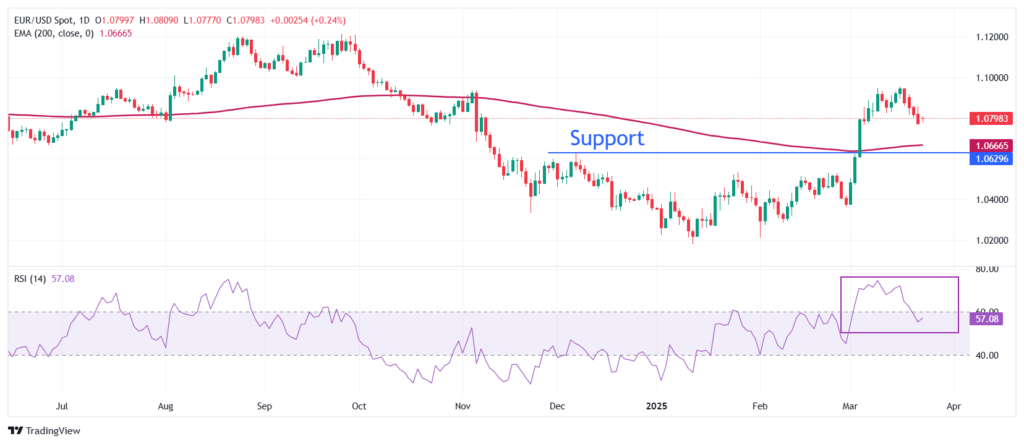
EURUSD chart by TradingView
(Source: OANDA)

